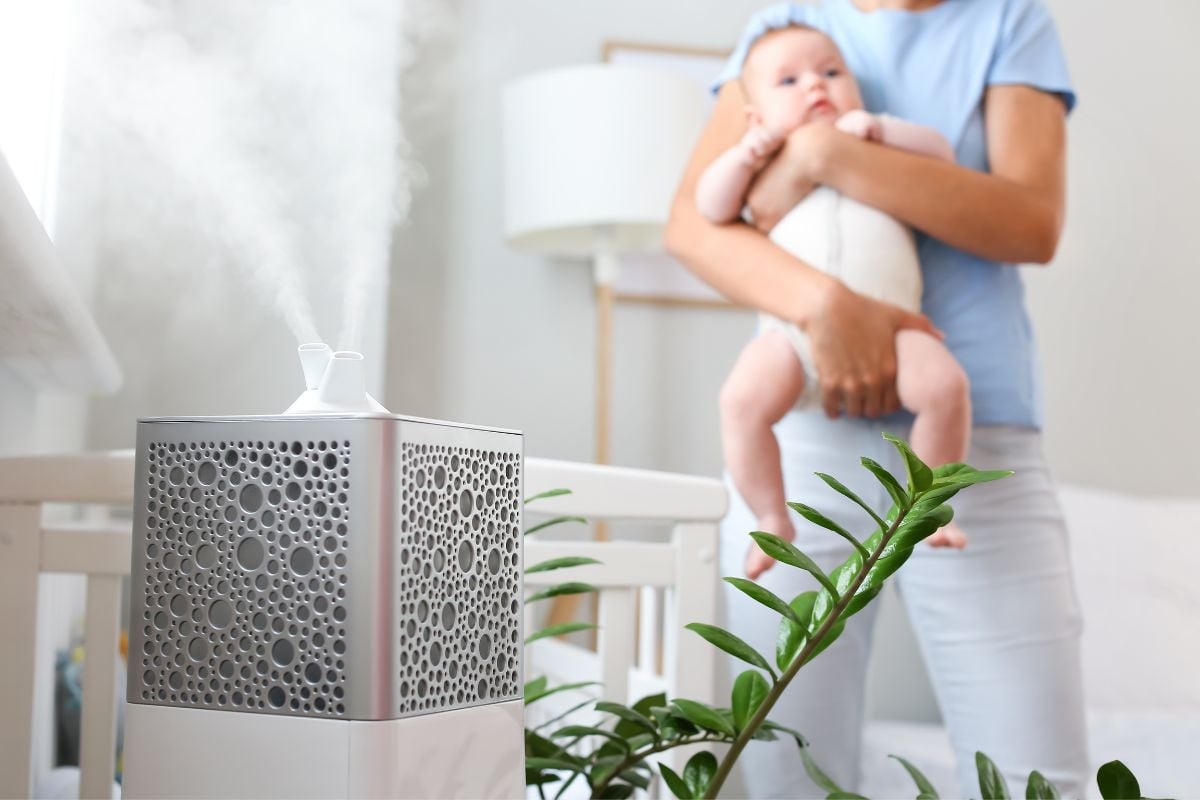

Articles
Where To Put Humidifier In Baby Room
Modified: February 27, 2024
Discover the best placement for a humidifier in your baby's room with our expert articles. Create a comfortable and healthy environment for your little one.
(Many of the links in this article redirect to a specific reviewed product. Your purchase of these products through affiliate links helps to generate commission for Storables.com, at no extra cost. Learn more)
Introduction:
As parents, ensuring the well-being and comfort of our little ones is a top priority. One way to create a more comfortable environment for a baby is by using a humidifier in their room. A humidifier adds moisture to the air, which can help alleviate dryness and improve air quality. However, it’s important to know where to place the humidifier in the baby’s room for optimal effectiveness.
In this article, we will explore the importance of using a humidifier in a baby’s room and discuss the factors to consider when deciding where to place it. We’ll also provide you with some ideal locations for placing the humidifier and share important safety precautions to keep in mind.
By the end of this article, you’ll have a better understanding of why a humidifier is beneficial for your baby and where to position it in their room to ensure maximum comfort and safety.
Key Takeaways:
- Placing a humidifier near the center of the baby’s room, away from the crib, and at an elevated level ensures proper distribution of moist air without directly exposing the baby to the mist, promoting comfort and respiratory health.
- Regular cleaning, using distilled water, and following safety precautions are crucial for maximizing the benefits of a humidifier while keeping the baby safe and sound.
Read more: Where To Put Humidifier In Living Room
Importance of a Humidifier in a Baby’s Room:
A humidifier plays a crucial role in maintaining a healthy and comfortable environment for a baby. Here are some key reasons why a humidifier is important in a baby’s room:
- Relieves dry skin and chapped lips: Babies have delicate skin that is more prone to dryness and irritation. The dry indoor air can further exacerbate these issues, leading to dry skin and chapped lips. A humidifier adds moisture to the air, helping to keep your baby’s skin hydrated and reducing the chances of dryness and discomfort.
- Eases congestion and reduces nasal discomfort: Babies are susceptible to congestion and nasal discomfort, especially during cold and flu seasons. A humidifier moistens the air, which can help soothe the nasal passages and alleviate congestion. This can greatly improve your baby’s breathing and sleep quality.
- Alleviates dry throat and cough: Dry air can cause a dry throat and persistent cough in babies. By adding moisture to the air, a humidifier can help relieve these symptoms and promote a more comfortable and restful sleep for your little one.
- Prevents dry eyes and irritation: Just like the skin, a baby’s eyes can also become dry and irritable due to low humidity levels. A humidifier helps maintain proper moisture levels in the air, reducing the chances of dry eyes and eye irritation.
- Reduces the risk of respiratory infections: Dry air can negatively impact the respiratory system, making babies more susceptible to respiratory infections. By using a humidifier, you can create a more humid environment that can help reduce the risk of respiratory issues and keep your baby healthier.
Overall, a humidifier in a baby’s room can provide numerous benefits by improving air quality, promoting better breathing, and enhancing overall comfort for your little one. However, it’s important to consider certain factors when deciding where to place the humidifier to ensure its effectiveness.
Factors to Consider When Placing a Humidifier in a Baby’s Room:
When determining the best placement for a humidifier in your baby’s room, there are several factors to consider to maximize its effectiveness and ensure your baby’s safety:
- Distance from the crib: It’s important to place the humidifier at a safe distance from the crib to prevent any direct mist exposure to your baby. Experts recommend keeping it at least 3 feet away from the crib to avoid any moisture buildup on bedding or the risk of accidental spillage.
- Elevation: Placing the humidifier at an elevated level, such as on a stable table or shelf, allows the moisture to disperse more evenly throughout the room. This helps avoid condensation on the floor and reduces the risk of accidental trips or falls.
- Avoid pointing directly at your baby: Ensure that the humidifier’s mist is not directly blowing towards your baby’s face or body. Direct exposure to the mist can lead to excess moisture on the skin or discomfort for your little one.
- Consider room size: The size of the room plays a role in determining the appropriate size and output capacity of the humidifier. Larger rooms may require a more powerful humidifier to effectively humidify the space, while smaller rooms may need a smaller, more compact unit.
- Monitor humidity levels: Invest in a humidity monitor or hygrometer to keep track of the humidity levels in your baby’s room. Ideally, the recommended humidity range for a baby’s room is between 40% and 60%. Adjust the humidifier’s settings accordingly to maintain a comfortable and healthy level of moisture in the air.
- Direction of airflow: Consider the airflow in the room when placing the humidifier. Avoid placing it near air vents, fans, or open windows, as these can disrupt the distribution of moisture in the room and affect the overall effectiveness of the humidifier.
By taking these factors into account, you can ensure that the placement of the humidifier is optimal for your baby’s comfort and safety. Now, let’s explore some ideal locations to consider when deciding where to place the humidifier in your baby’s room.
Place the humidifier at least 3 feet away from the baby’s crib to avoid direct mist exposure. Keep it elevated to prevent water accumulation and ensure it’s out of reach to prevent any accidents.
Ideal Locations to Place a Humidifier in a Baby’s Room:
Choosing the right location for your baby’s humidifier is crucial to maximize its effectiveness. Here are some ideal locations to consider when deciding where to place the humidifier in your baby’s room:
- Near the room’s center: Placing the humidifier near the center of the room allows for more even distribution of moisture throughout the space. This ensures that the entire room, including the area around the crib, receives the benefits of increased humidity.
- Elevated surface: Consider placing the humidifier on an elevated surface, such as a sturdy table or shelf. This helps disperse the mist more effectively and prevents condensation on the floor. Ensure that the humidifier is stable and securely placed to avoid any accidents.
- Opposite side of the room: Positioning the humidifier on the opposite side of the room from the crib creates a proper airflow that prevents the mist from blowing directly onto your baby. This ensures that your baby receives the benefits of increased humidity without any discomfort.
- Near a power outlet: Ensure that the chosen location for the humidifier is near a power outlet for easy accessibility. This allows you to plug in the humidifier without the need for extension cords, which can pose a safety risk.
- Away from electronics: Keep the humidifier away from any electronics or electrical devices to prevent any potential damage from moisture. High humidity levels can be harmful to sensitive electronic equipment, so it’s important to maintain a safe distance between them.
- Consider multiple humidifiers for larger rooms: If your baby’s room is particularly large, it may be beneficial to use multiple humidifiers strategically placed around the room. This ensures that each area of the room receives adequate moisture and maintains a comfortable humidity level.
Remember to refer to the manufacturer’s instructions for specific guidance on placement, as different humidifier models may have individual recommendations. Additionally, always monitor the humidity levels in your baby’s room and adjust the settings of the humidifier as needed to maintain a healthy and comfortable environment.
While placing a humidifier in your baby’s room can provide numerous benefits, it’s important to keep some safety precautions in mind to ensure your little one’s well-being.
Safety Precautions to Keep in Mind:
When using a humidifier in your baby’s room, it’s essential to prioritize safety. Here are some important safety precautions to keep in mind:
- Regular cleaning: Follow the manufacturer’s instructions for cleaning and maintaining the humidifier. Regularly clean the water tank, filters, and other components to prevent the buildup of mold, bacteria, or mineral deposits. This helps ensure that the humidifier functions properly and provides clean, healthy moisture.
- Use distilled or demineralized water: Fill the humidifier with distilled or demineralized water to minimize the risk of mineral buildup and white dust. Tap water can contain mineral deposits that may be released into the air as the humidifier operates, potentially irritating your baby’s respiratory system.
- Monitor humidity levels: As mentioned earlier, use a humidity monitor or hygrometer to monitor the humidity levels in your baby’s room. Keep the humidity between 40% and 60% to maintain a comfortable and healthy environment for your little one. Excessive humidity can create a breeding ground for mold, while low humidity levels may not provide the desired benefits.
- Keep out of reach: Place the humidifier in a location that is out of your baby’s reach to prevent any accidental spills or tampering. Make sure cords and electrical outlets are safely secured and hidden to avoid any tripping hazards.
- Unplug when not in use: When the humidifier is not in use, unplug it from the power source. This helps prevent any potential electrical accidents and saves energy.
- Replace filters as recommended: If your humidifier has filters, follow the manufacturer’s recommendations for filter replacement. Regularly replacing filters ensures that the humidifier continues to operate efficiently and maintains clean moisture output.
- Do not over-humidify: While maintaining a proper humidity level is important, avoid over-humidifying the room. Excessive moisture can lead to dampness, mold growth, and trigger respiratory problems. Regularly monitor the humidity levels and adjust the humidifier’s settings accordingly.
- Follow manufacturer’s instructions: Always read and follow the manufacturer’s instructions for the safe and proper use of the humidifier. Each model may have specific guidelines or recommendations to ensure optimal performance and safety.
By adhering to these safety precautions, you can ensure that the use of a humidifier in your baby’s room provides the desired benefits without any potential risks. Now, let’s summarize the key points discussed in this article.
Read more: Where To Put Baby In Living Room
Conclusion:
Using a humidifier in your baby’s room can greatly enhance their comfort and overall well-being. By adding moisture to the air, a humidifier helps alleviate dry skin, congestion, and respiratory discomfort, creating a more soothing environment for your little one to thrive in.
When placing a humidifier in your baby’s room, it’s important to consider factors such as distance from the crib, elevation, and airflow direction. By strategically placing the humidifier near the center of the room, away from the crib, and at an elevated level, you can ensure proper distribution of moist air without directly exposing your baby to the mist.
Remember to monitor humidity levels, clean the humidifier regularly, and use distilled or demineralized water to prevent the buildup of bacteria or mineral deposits. Safety precautions, such as keeping the humidifier out of your baby’s reach, unplugging when not in use, and following manufacturer’s instructions, are crucial to ensure a safe environment.
In conclusion, a humidifier is a valuable addition to your baby’s room, providing a multitude of benefits that promote their comfort and respiratory health. By carefully considering the placement and implementing necessary safety measures, you can enjoy the advantages of a humidifier while keeping your baby safe and sound.
Investing in a high-quality humidifier and paying attention to its proper use will create a nurturing atmosphere for your little one, helping them breathe easier and sleep more peacefully. So, go ahead and introduce a humidifier into your baby’s room to create a cozy, healthy environment that supports their growth and development.
Frequently Asked Questions about Where To Put Humidifier In Baby Room
Was this page helpful?
At Storables.com, we guarantee accurate and reliable information. Our content, validated by Expert Board Contributors, is crafted following stringent Editorial Policies. We're committed to providing you with well-researched, expert-backed insights for all your informational needs.
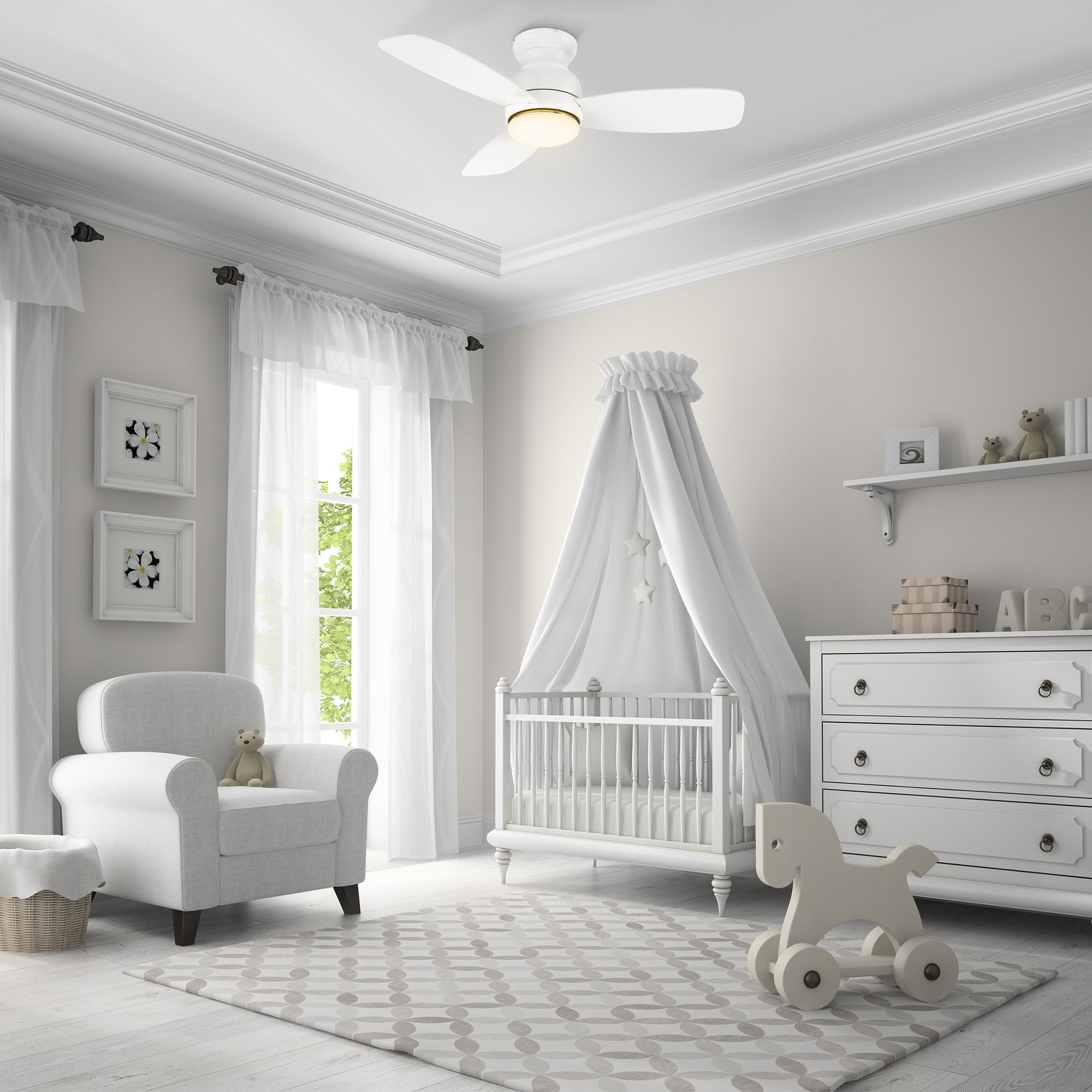
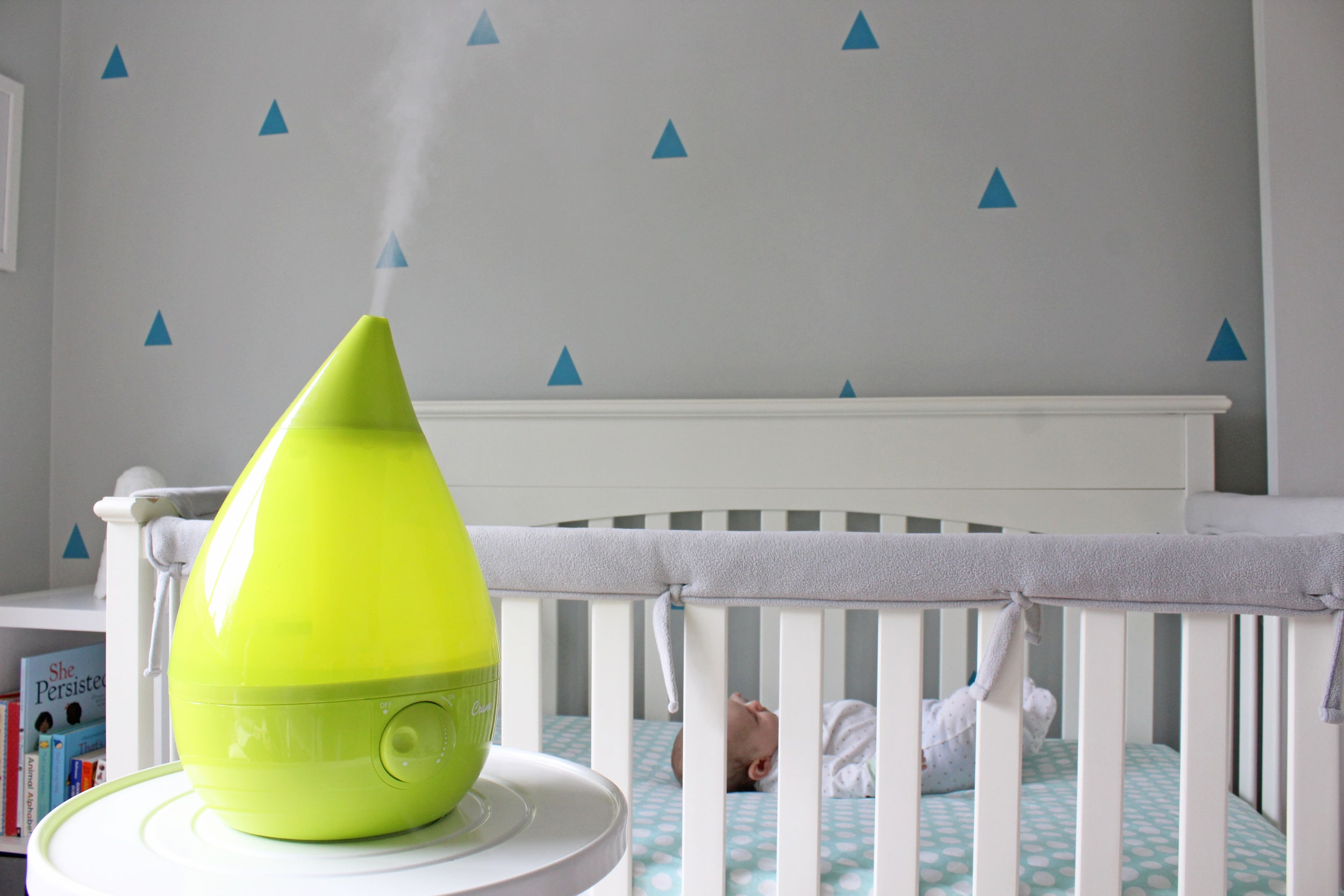
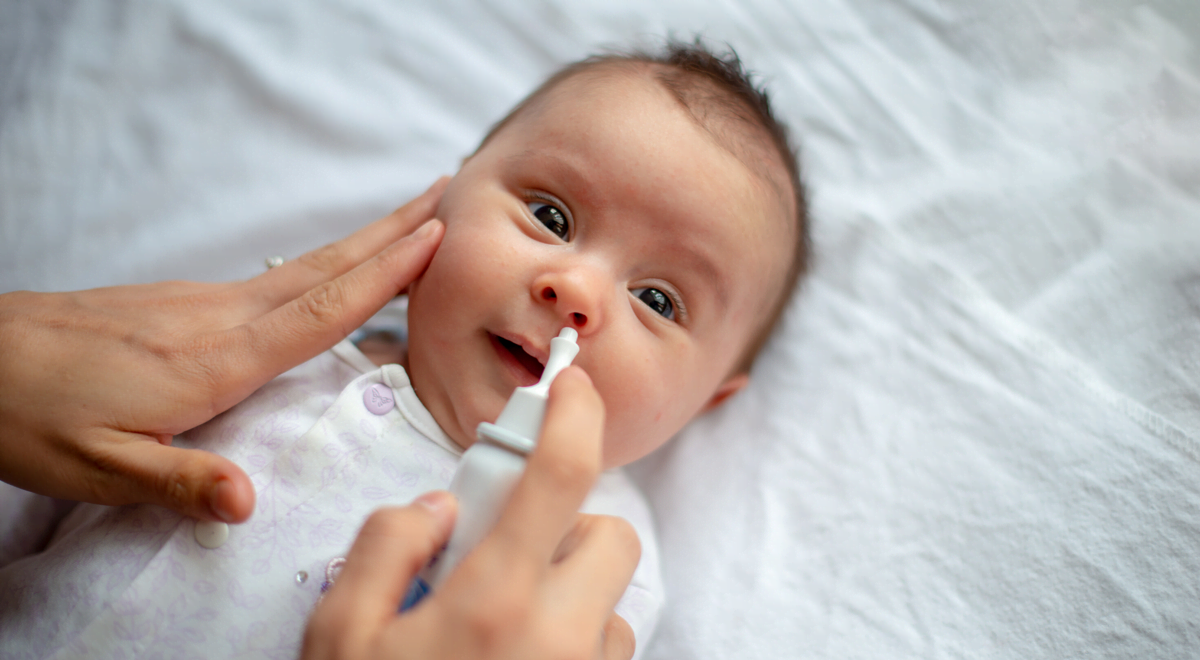
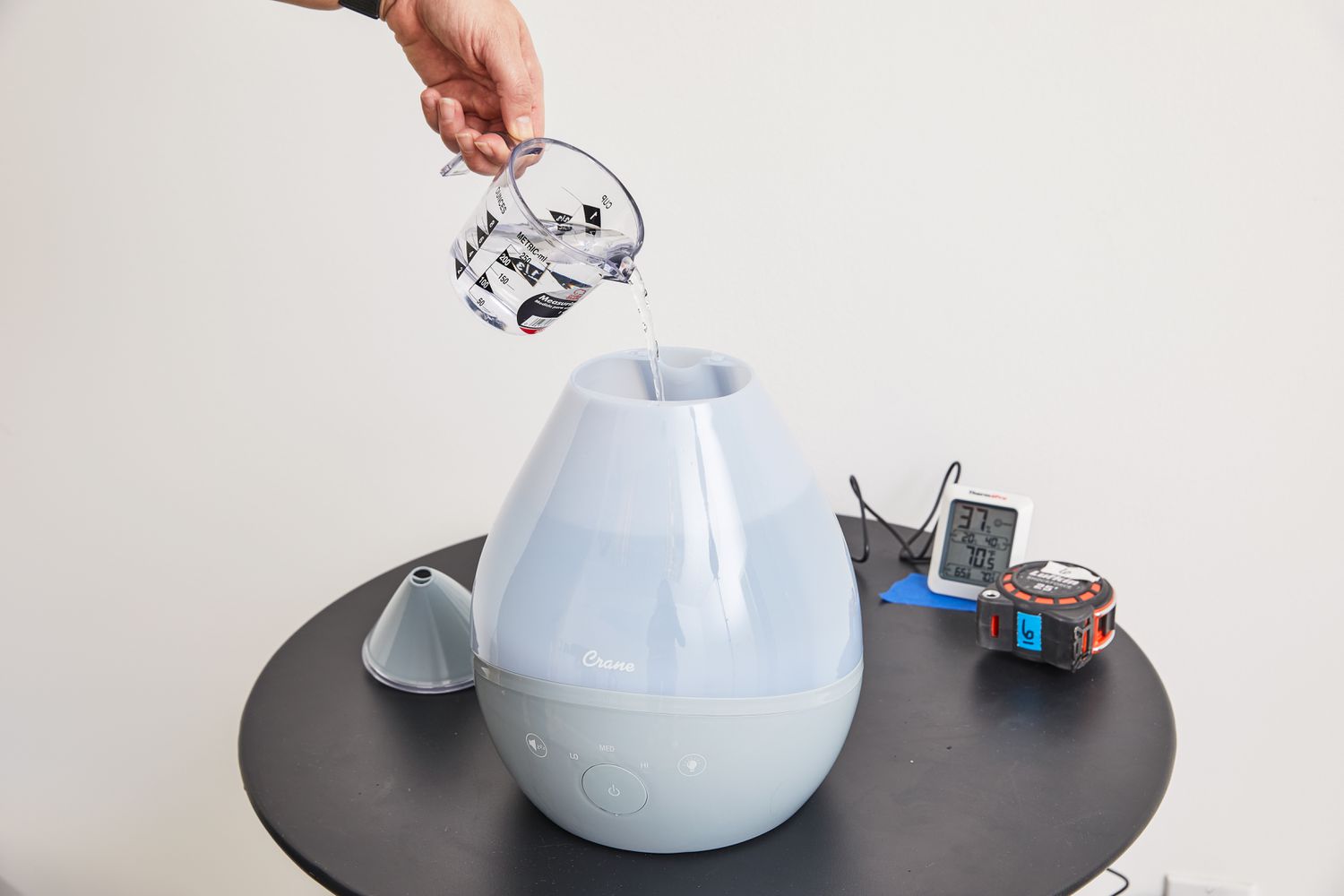
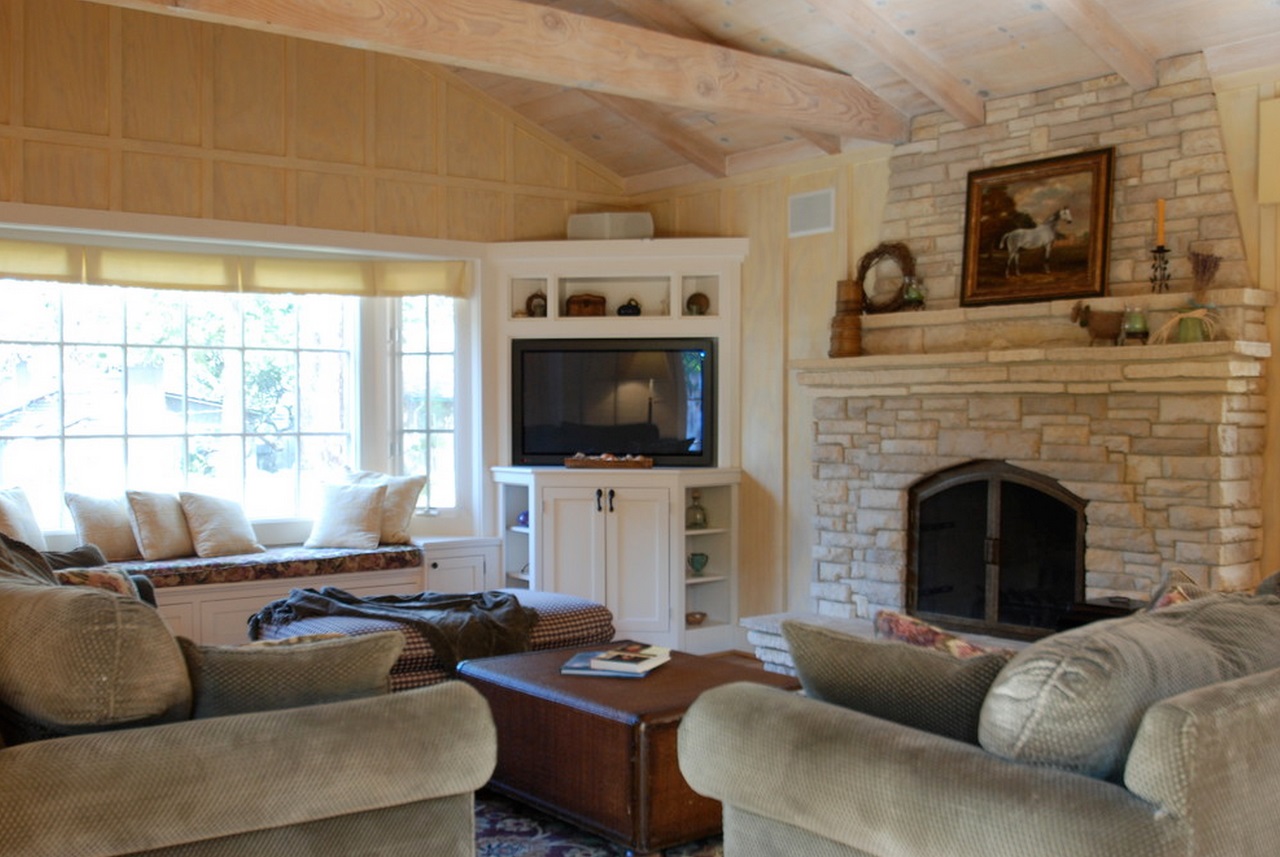
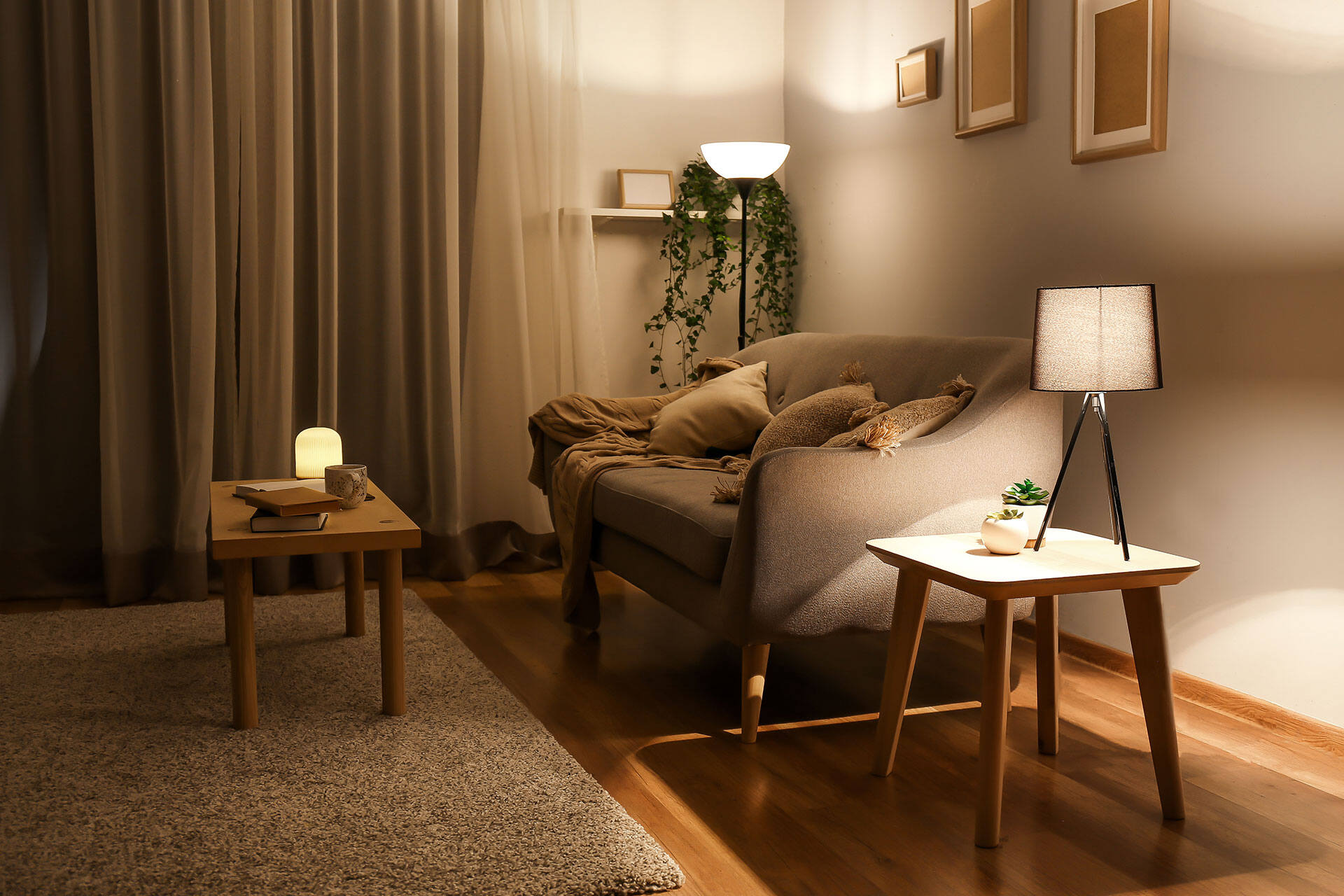
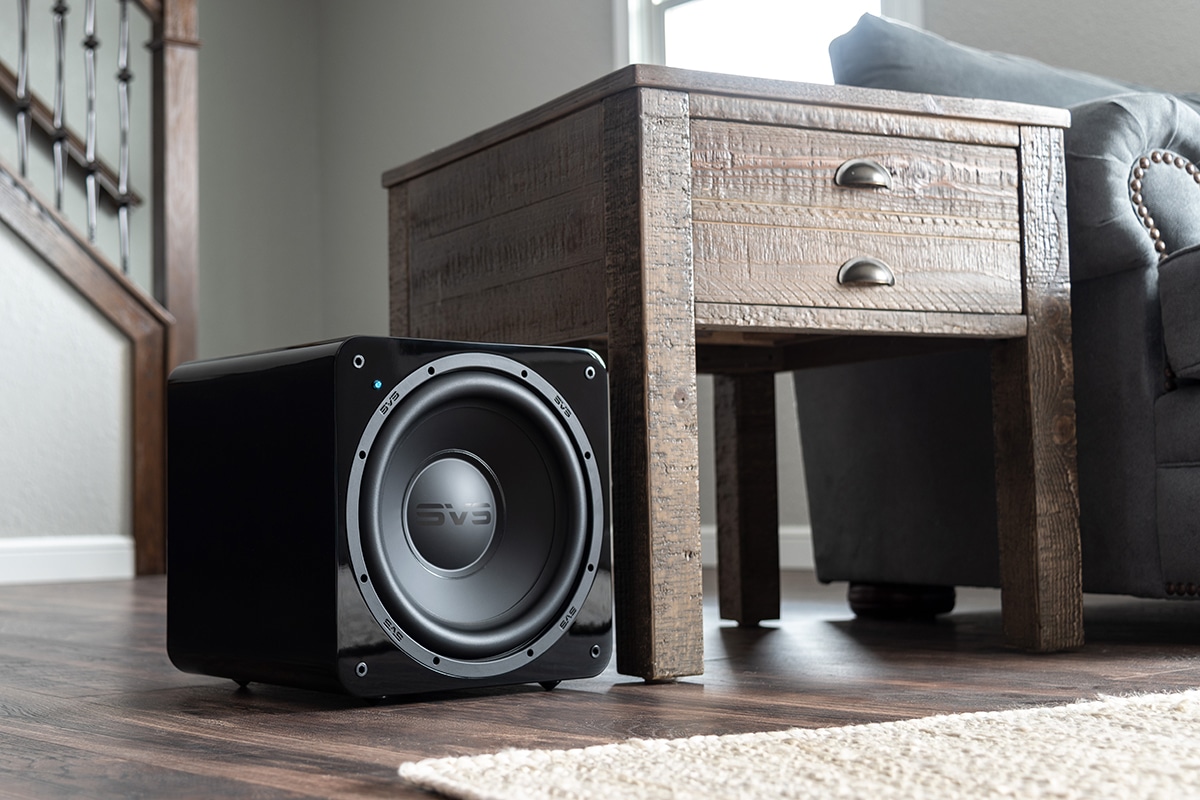
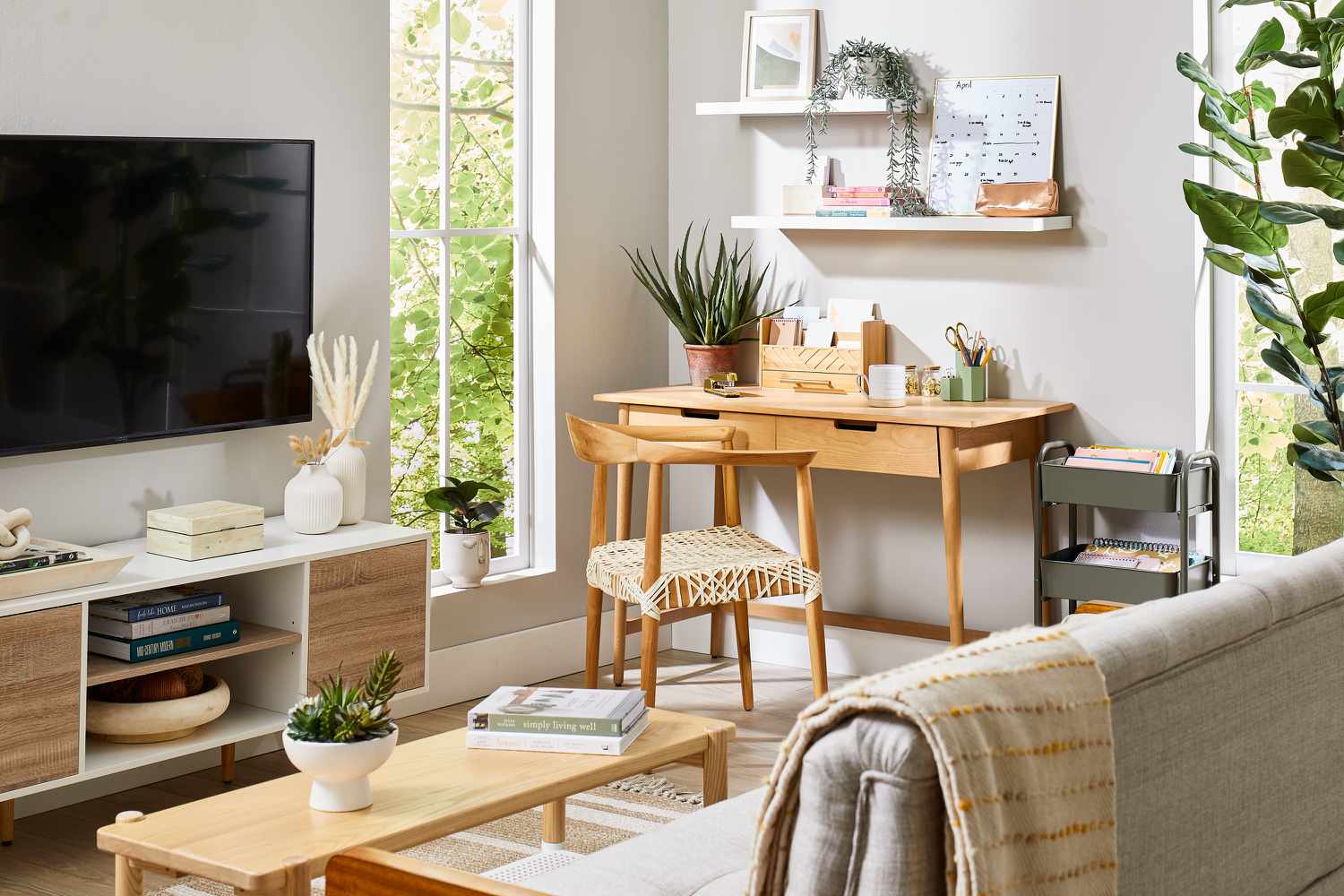
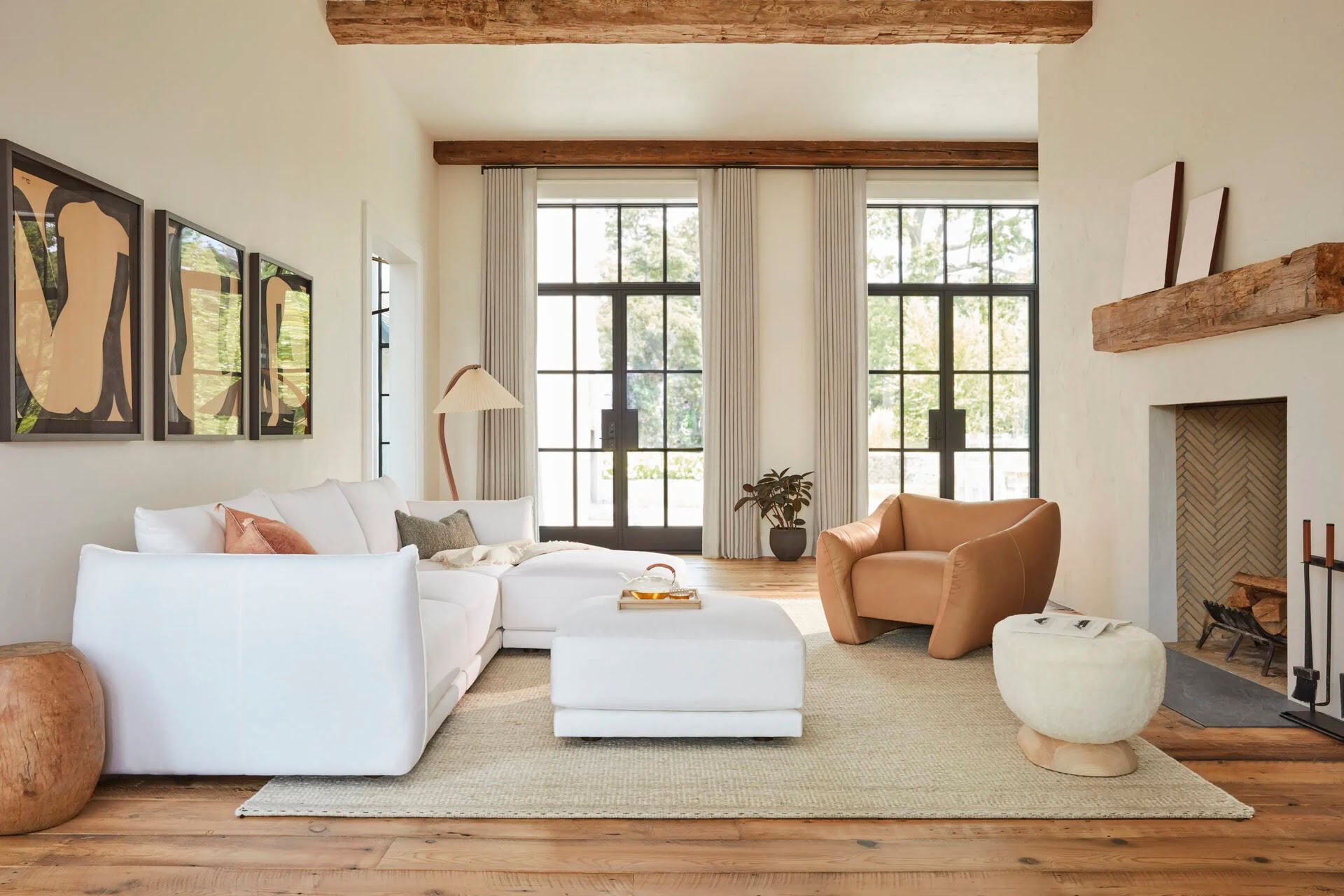
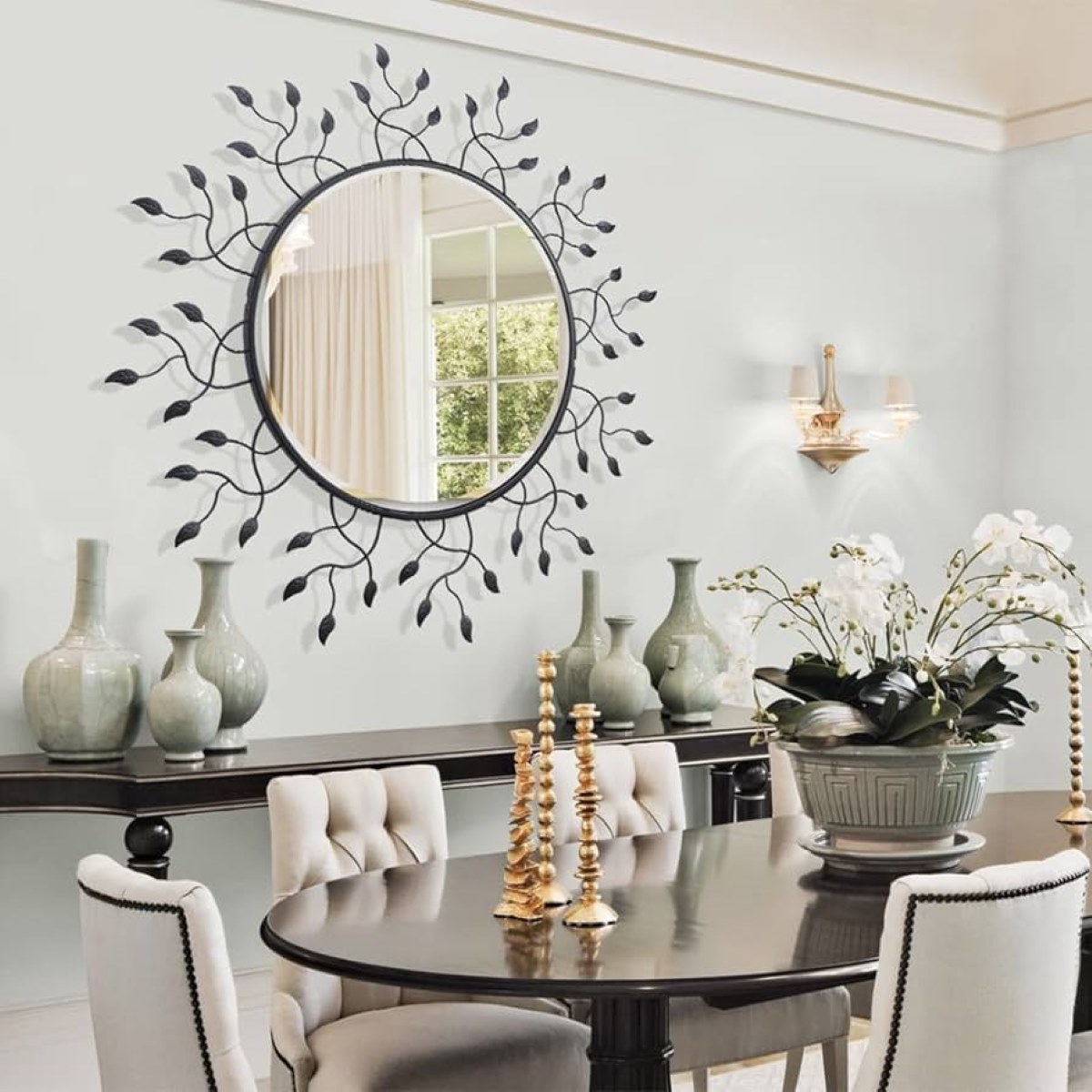
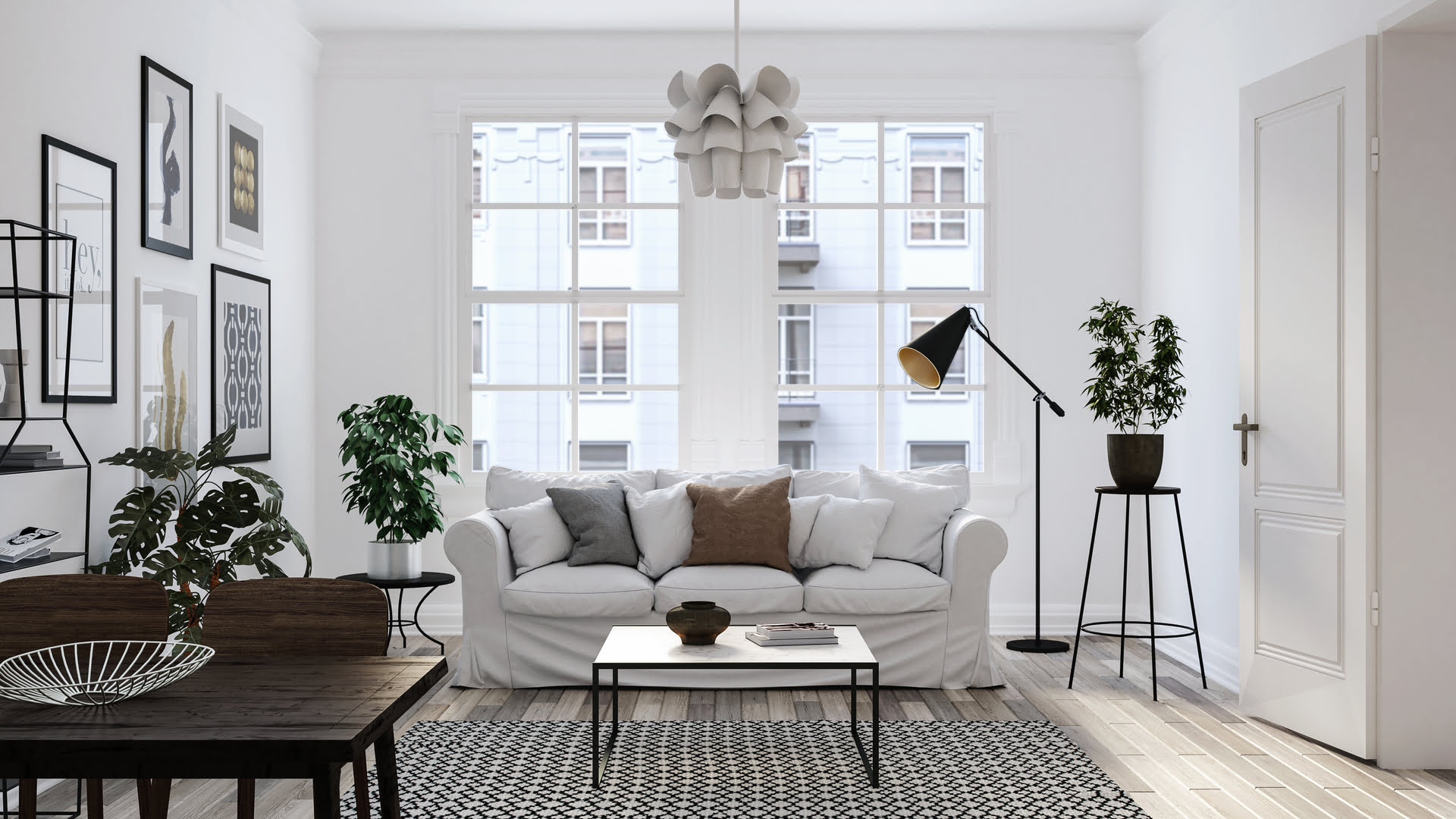
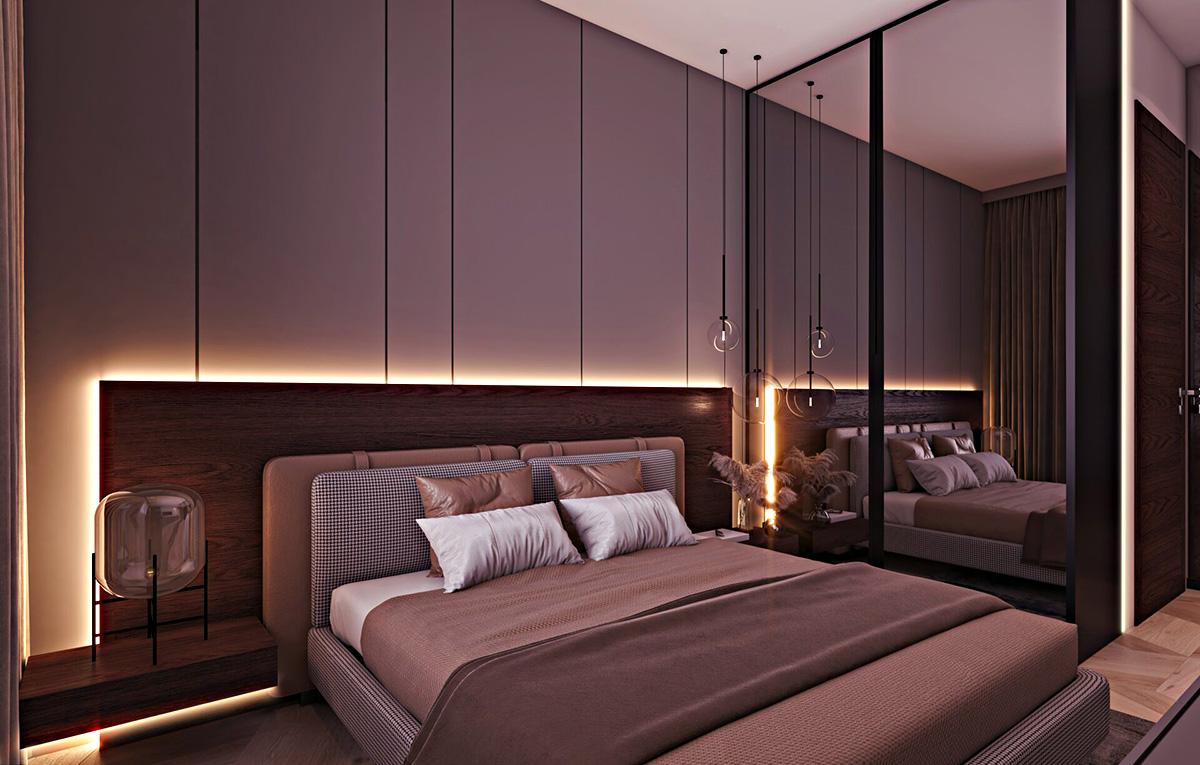
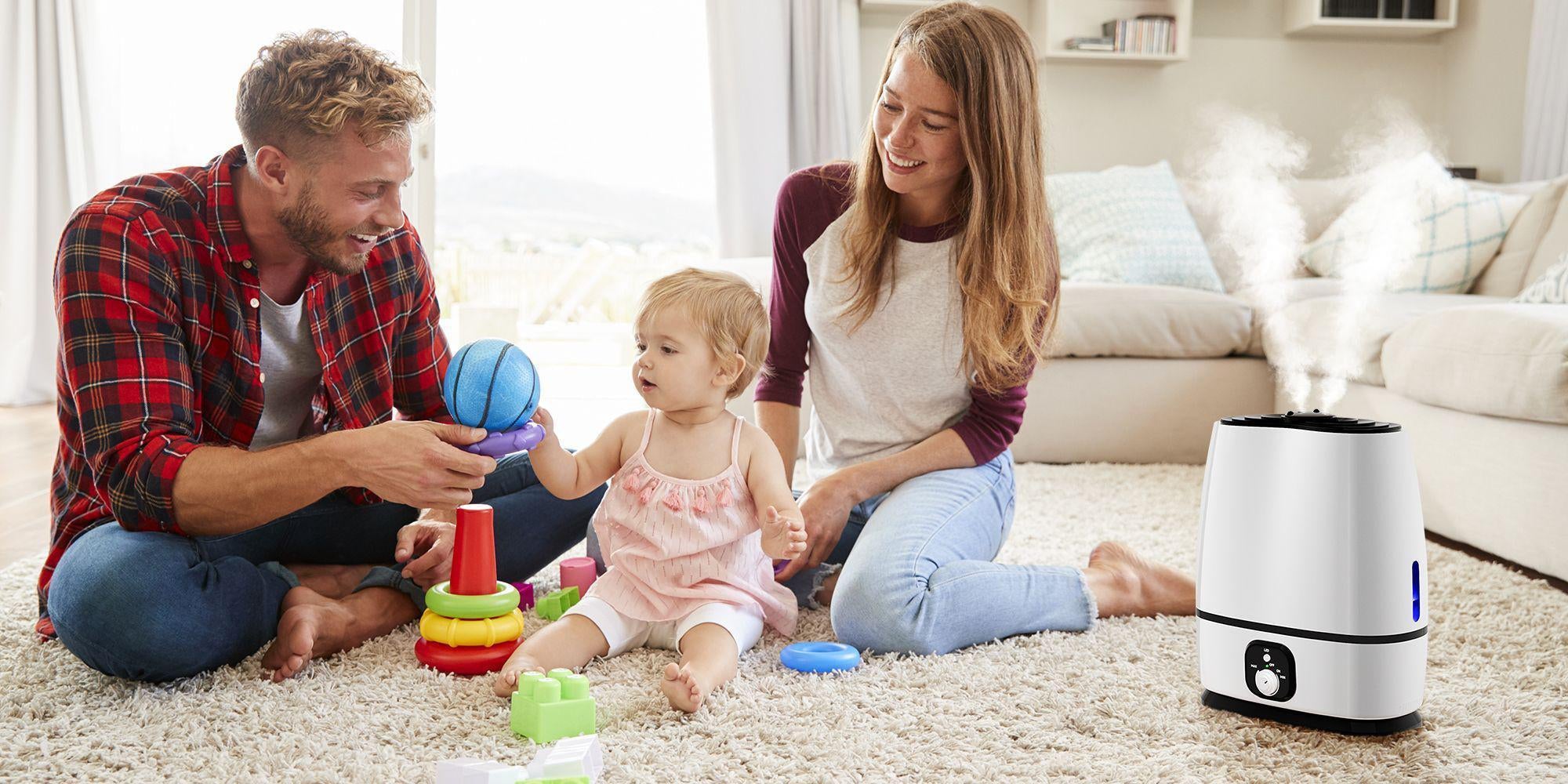
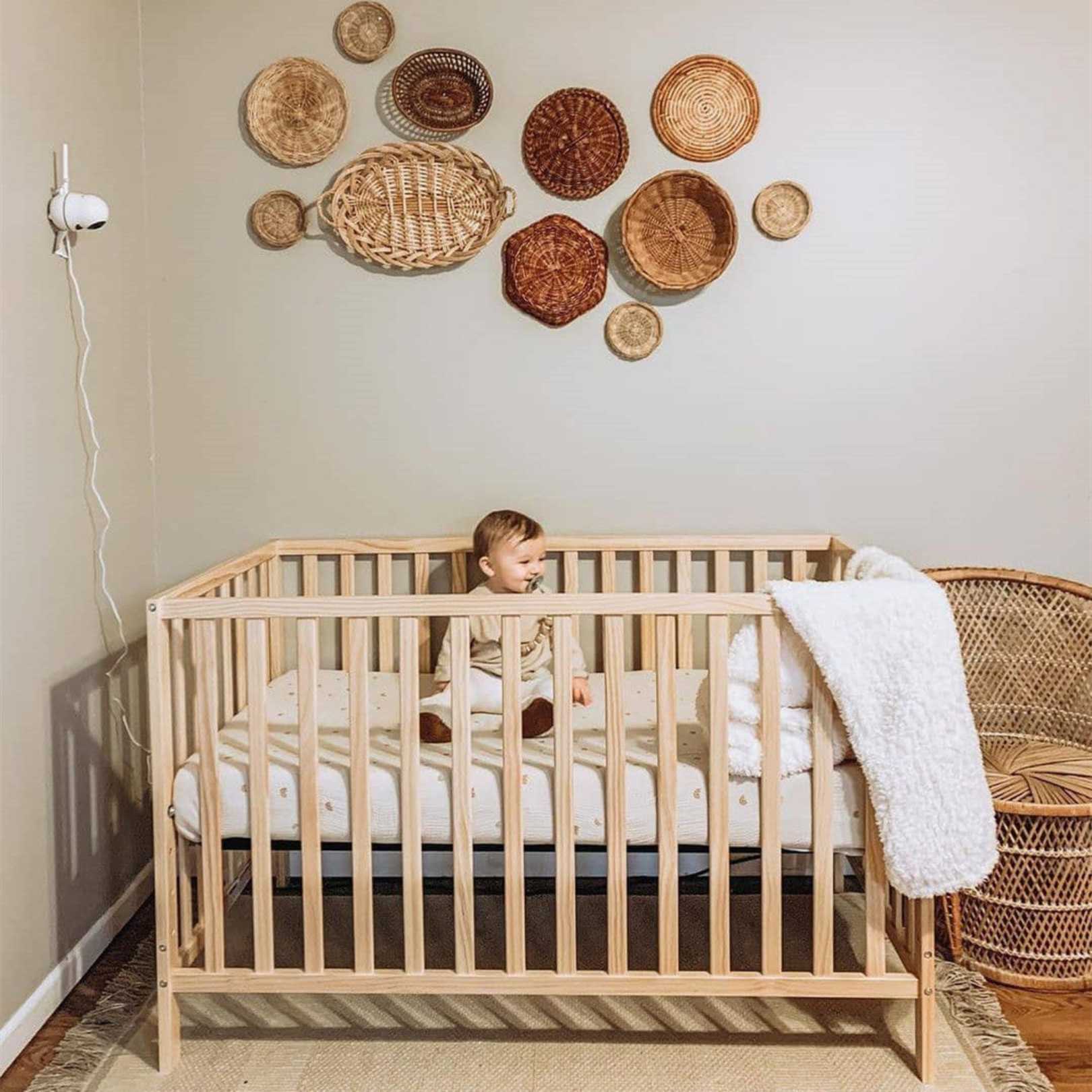

0 thoughts on “Where To Put Humidifier In Baby Room”